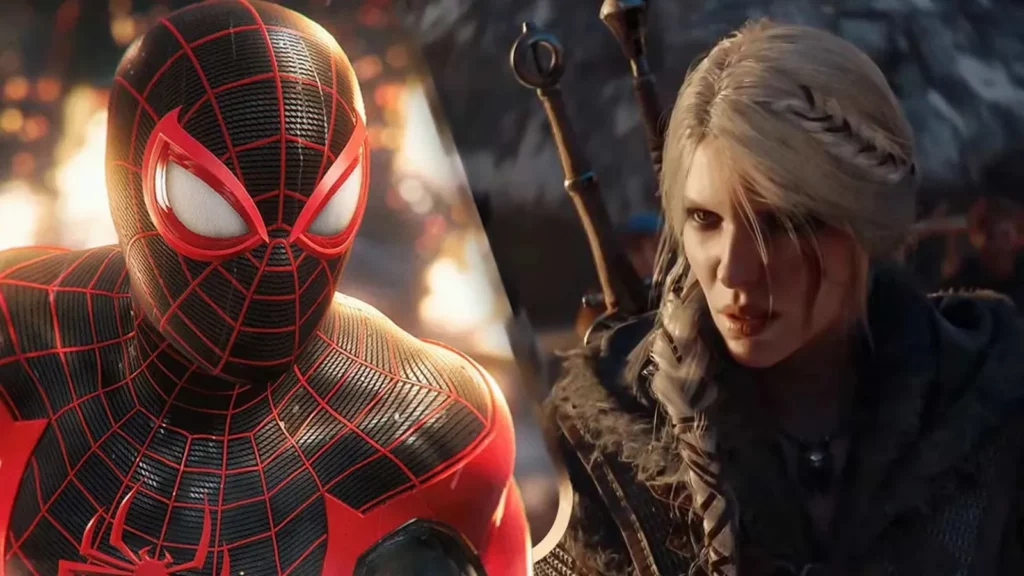In an industry as dynamic as video gaming, change is both inevitable and often controversial. Recent developments from Insomniac Games and CD Projekt Red have stirred the pot, revealing how delicate the process of shifting focus from beloved protagonists can be. While CD Projekt Red has faced considerable backlash for its approach to “The Witcher 4,” Insomniac seems to be navigating these treacherous waters with a bit more finesse in “Marvel’s Spider-Man 3.”
The Witcher 4: A Rough Path Away from Geralt
CD Projekt Red’s decision to move away from Geralt to Ciri as the new protagonist in “The Witcher 4” has not been warmly received by all. The studio’s vague hints about Geralt’s involvement have left many fans feeling sidelined, leading to an atmosphere fraught with speculation and dissatisfaction. Executive Producer Małgorzata Mitręga described the transition as an “organic, logical choice,” yet the lack of clear communication has only fueled fans’ concerns, making the change feel anything but seamless.
Marvel’s Spider-Man 3: A Lesson in Transparency
On the other side of the spectrum, Insomniac Games, through the voice of Peter Parker’s actor Yuri Lowenthal, has taken a more transparent approach. At a recent convention, Lowenthal assured fans, “Peter is not gone. He will be a part of the next game and he won’t be relegated to the couch, I promise.” This straightforward confirmation contrasts sharply with the secretive nature of CD Projekt Red’s strategy. It’s a clear, fan-focused communication that not only reassures but also builds anticipation and trust within the community.
Evolving Beyond the Original Heroes
Both “The Witcher 4” and “Marvel’s Spider-Man 3” illustrate the challenging task of evolving a franchise beyond its original protagonists. The key difference lies in how each studio has approached this transition. CD Projekt Red’s reticence has turned a straightforward change into a complex PR puzzle, whereas Insomniac’s openness has been met with a more positive reception.
The shift in protagonist doesn’t just test the bounds of narrative—it also challenges the community’s attachment to their heroes. As these characters are often seen as extensions of the players themselves, any change needs to be handled with care. Insomniac’s method shows a promising path forward by involving the community in the narrative shift, rather than leaving them behind.
The Future of Heroic Legacy in Gaming
As gaming narratives evolve, the transition of heroes will continue to be a delicate art. “Marvel’s Spider-Man 3” may just set a new standard for how to pass the torch without burning the bridge. Fans are not just passive observers but active participants in these universes. Their engagement and reactions can significantly influence the success or failure of a new game direction.
Engaging the Community in Narrative Shifts
The contrast between how fans have reacted to “The Witcher 4” and “Marvel’s Spider-Man 3” highlights an essential aspect of game development: community engagement. Insomniac’s approach not only acknowledges but celebrates the legacy of its characters, promising to expand rather than extinguish their roles.
As we look to the future, it becomes clear that the most successful transitions might not be those that simply change the guard but rather those that respect the past while boldly stepping into the future. Whether you’re swinging through the streets of New York as Peter Parker or exploring new realms with Ciri, the essence of these characters can continue to inspire and engage, provided the studios behind them remain as committed to their audiences as they are to their own visions.
